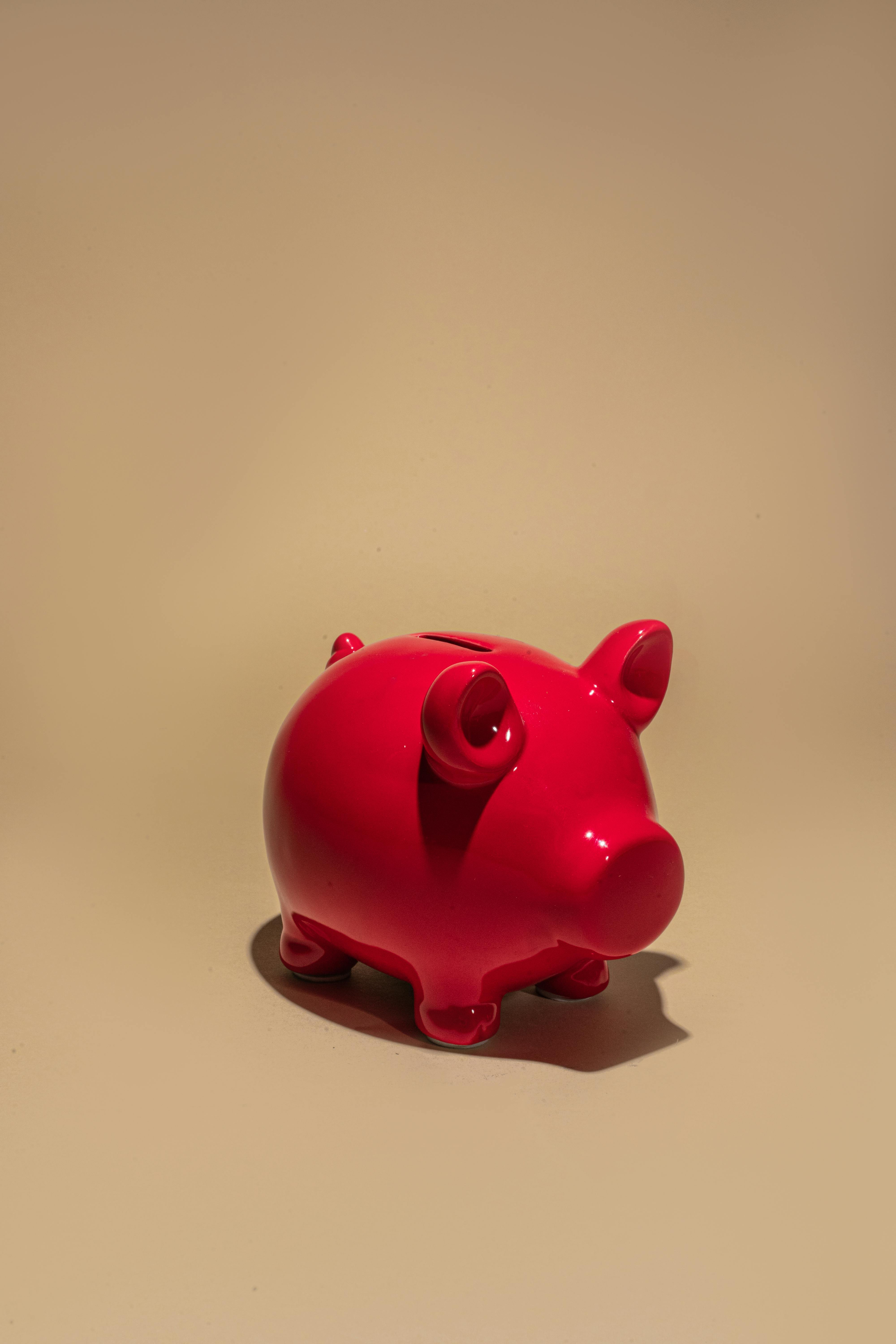Zambia Emergency Savings Guide: Proven Steps for Lasting Financial Security
What if I told you that one of the most powerful ways to transform your financial life in Zambia isn’t some fancy investment strategy or a secret offshore account, but something every Zambian—whether you’re in Lusaka, Kitwe, or rural Eastern Province—can build, step-by-step, starting today? I’m talking about emergency savings. Not the abstract kind, not the “too small to matter” kind, but an honest, budget-friendly fund that creates real security, protects you in medical emergencies, and helps you stay afloat in times of job loss or sudden business downturn. And here’s a refreshing truth: you don’t need a massive salary or university degree to do this. What struck me most, working with local families and business owners, are the simple, practical systems that truly work here—mistakes, doubts, cultural quirks, and wins included.
Budget-Friendly Saving Strategies That Actually Work
Okay, let’s step back and keep it real: the theory is nice, but what gets cash into your emergency savings in Zambia—when expenses keep rising and incomes get squeezed? From my years consulting for SMEs and running local money coaching workshops, here are practical methods that work across income levels, especially if you’re hustling multiple side gigs:
- Envelope Method (Local Style): Withdraw cash and divide it by expense—groceries, transport, savings. Physically keep your emergency fund in a marked envelope; don’t touch it unless life truly demands.
- Mobile Wallet Automation: MTN MoMo, Airtel Money, ZamPay—set up an automated transfer (even as low as K20 per week) straight into your savings folder. You’ll hardly notice it, but it stacks up5.
- Micro-Saving Challenge: For 30 days, save just K5 a day. It sounds laughable, I know, but that’s K150 in your pocket—a grocery emergency sorted.
- Community/Savings Group: Join a “Chilimba” or cooperative savings group—you save together, support each other, and build accountability.
Money Mistake to Avoid:
Don’t mix everyday spending with emergency funds. Keep a clear boundary. Some go as far as opening an entirely separate account or using locked wallets.

Building Lasting Financial Security Habits
Here’s the thing though: starting the fund is only half the battle. Keeping it going, growing with inflation, and making it untouchable except for true emergencies? That’s the hard part—especially given Zambia’s family help culture and constant cash demands. Honestly, I wrestle with this every month. What finally worked for me was building new money habits, not just a bigger number. I set up three personal non-negotiables:
- Never spend the emergency fund on non-crisis expenses (even family events, unless critical)
- Re-evaluate your “emergency” definition every six months—what genuinely counts?
- Replenish the fund ASAP after a crisis, even if only a little each week
On second thought, there’s more to it than that. Consider keeping a brief journal—note when and why you touch the fund. The more honestly you track this, the better your financial discipline becomes.
Plus, talk about awkwardness: explaining to extended family why you “can’t help right now” used to feel rude. Now I simply show my savings goals on my wallet app or a notebook—people (mostly) respect it, especially if they see the effort it takes.
Adapting to Zambian Economic Shocks
Let’s not sugarcoat it. Zambia’s economic swings—exchange rate hikes, food shortages, sudden government policy shifts—make sticking to a fixed goal tough. Back in 2023, staple prices jumped 30%; my emergency fund shrank overnight, in real value7. So I learned a new trick: update your target quarterly. If maize goes up or the Kwacha falls, increase your goal—don’t just settle.
And here’s what gets overlooked: small adjustments matter. Find community support (like local WhatsApp “savers” groups), share new inflation-proof saving tricks, and hold each other accountable.
| Year | Kwacha Inflation Rate | Emergency Fund Value, K500 | Adjusted Fund Needed |
|---|---|---|---|
| 2021 | 9% | K455 | K545 |
| 2022 | 13% | K435 | K565 |
| 2023 | 19% | K405 | K595 |
“Things changed in Zambia after the last maize shortage. What helped me was adjusting my savings goal—without that, I would’ve run short.”
Zambia’s rural families face twice the emergency spending needed during flooding or drought years—a major reason for mobile instant savings options8.
Repurposing Your Emergency Fund Strategy
On second thought, this guide isn’t just about one emergency fund—it’s about building a repeatable approach to financial resilience. After surviving three “mini-crises” in the past two years (health surprise, business downturn, and crop loss), I started treating my emergency fund system as a toolkit: one that can be adapted for retirement prep, school fees, or major home repairs.
Here’s what I do now, and what I recommend:
- After every emergency withdrawal, replenish—don’t wait for things to smooth out
- Teach friends and family the basics—spread financial literacy
- Use digital tools to track, adjust, and forecast future needs
- Share lessons and create a community of accountability, online or offline
“Don’t think of one savings strategy—build habits you can adapt for life’s many emergencies. That’s real security.”
Call to Action:
Start today—even if it’s only K10. Share this guide, join a savings group, and build habits that protect your future. Your real security begins now.


